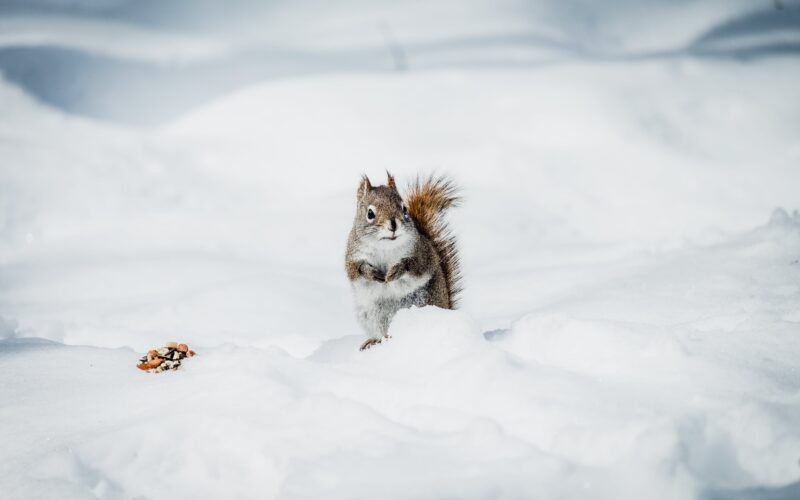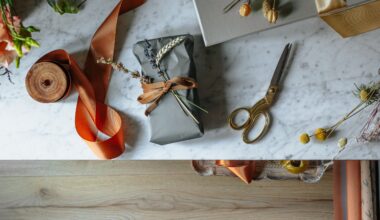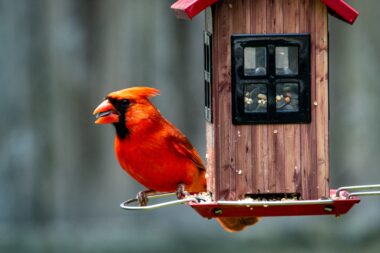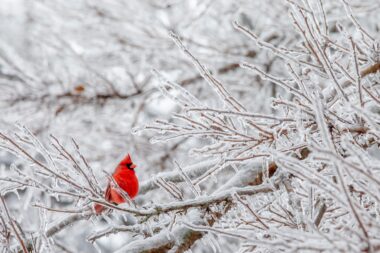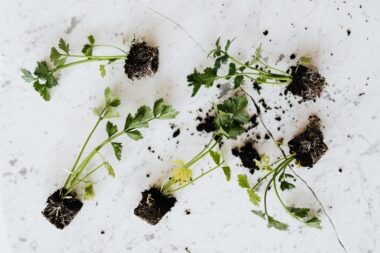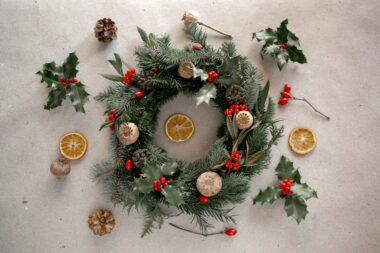As the days get shorter and the nights get colder, not everyone, or everything has a warm home to cozy up in. As we move into winter this year, consider the creatures sharing the same space as you. Maybe now’s the time to see if you can help them through rather than making it tougher. We’ve gathered some suggestions on how you, and your garden, can help local wildlife this winter.
Thanks to human activity, 75% of our land, 63% of our oceans and 85% of our wetlands have been altered or destroyed. With this loss of habitat, we’re now seeing species extinction rates moving 10 to 1,000 times faster than they did before. It’s gotten so bad we’re now entering our sixth mass extinction event, this one driven by human activity. As of 2021, Canada has lost 18 species to extinction with more than 1,200 at risk. But with 61% of Canadians living with some form of garden, and animals like songbirds and deer relying on native plants for survival, maybe there’s a small part we can play in helping some animals get through the winter.
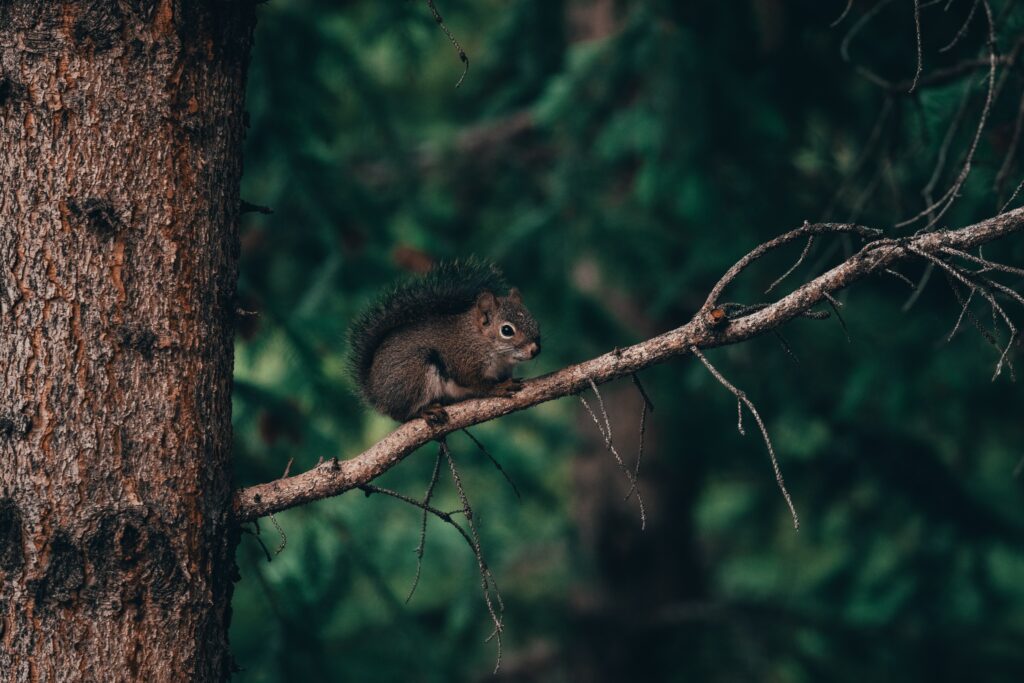
Shelter
From hedges providing homes for birds, beetles and bats to rotting wood giving earthworms cover, your garden can house a variety of animal species. Animals in Canada, particularly those in urban and suburban environments, have adapted ingeniously to make use of Canadian gardens for shelter.
Some bird species, like sparrows and chickadees, rely on evergreen trees and shrubs found in gardens as natural windbreaks and sources of food. Evergreen plants offer cover from harsh winter winds and retain their foliage year-round, providing a consistent supply of insects for foraging.
Beyond birds, many small mammals also seek refuge in Canadian gardens. Creatures like squirrels, chipmunks, and even raccoons can frequent backyards, utilizing garden sheds, trees, and cozy flower beds as places to sleep. Reptiles and amphibians make use of piles of leaves or bury themselves in mud to stay warm.
Diverse vegetation in gardens gives animals a variety of hiding places, making them essential for these animals’ survival in urban and suburban settings. Incorporating native plants into your garden can help provide critical habitats for local wildlife, allowing these creatures to thrive in the midst of human development.
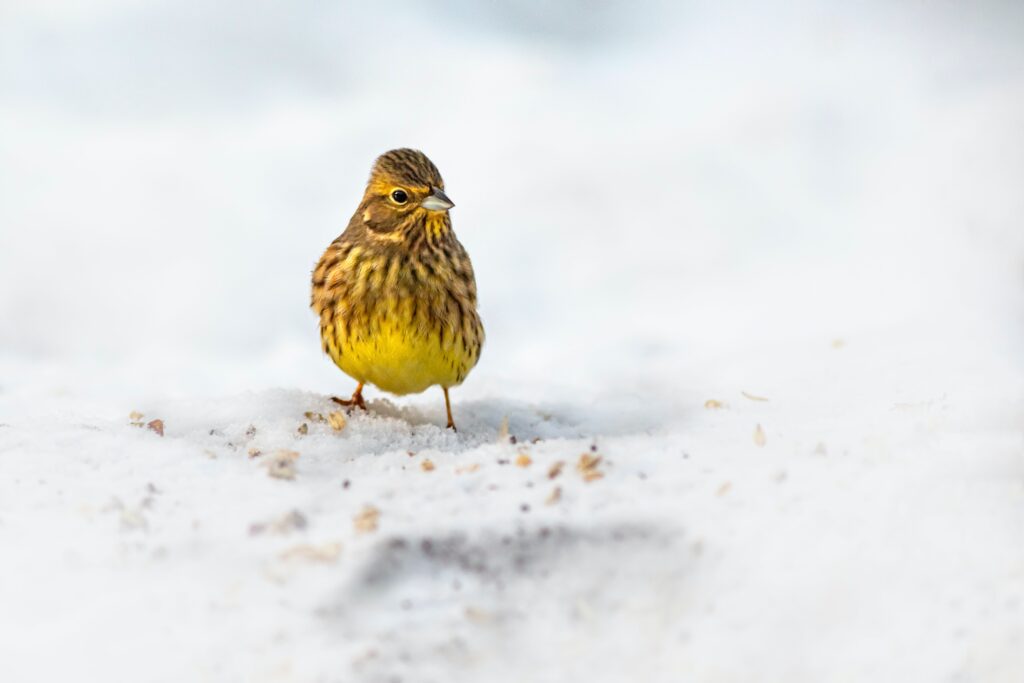
Food
Winters in Canada can be pretty harsh and finding food can be difficult for many animals. But Canadian gardens can offer a variety of food sources for animals during the winter. Fallen leaves, garden debris, and decaying plant matter in your garden can house insects, fungi, and other small organisms, providing a hidden source of food for animals like toads, salamanders, and invertebrates.
Fruit-bearing shrubs like Winterberry attract and feed birds like the American Robin and Cedar Waxwing, while leaving seed heads on sunflowers and coneflowers offers a food source for finches and sparrows.
In addition to natural sources of food from your garden, you can also supplement with a bird feeder filled with black sunflower seeds, nuts and suet to help backyard critters get through the winter.
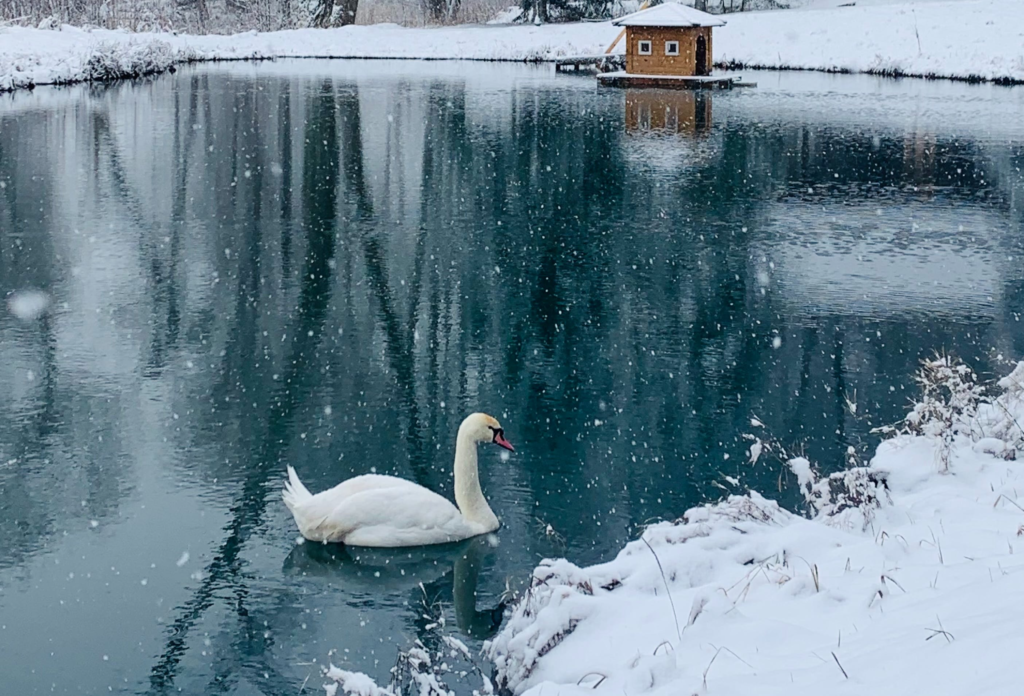
Water
Fresh, unfrozen water isn’t the easiest thing to come by in winter but crucial for all animals to survive. While animals and birds can eat snow instead of water, it uses energy to melt it. Gardens with natural ponds, streams and springs become even more important in winter. You can keep a fresh water supply available in ponds with a simple tennis ball. It slows the freezing ice and when removed provides oxygen to fish or water for birds and other animals.
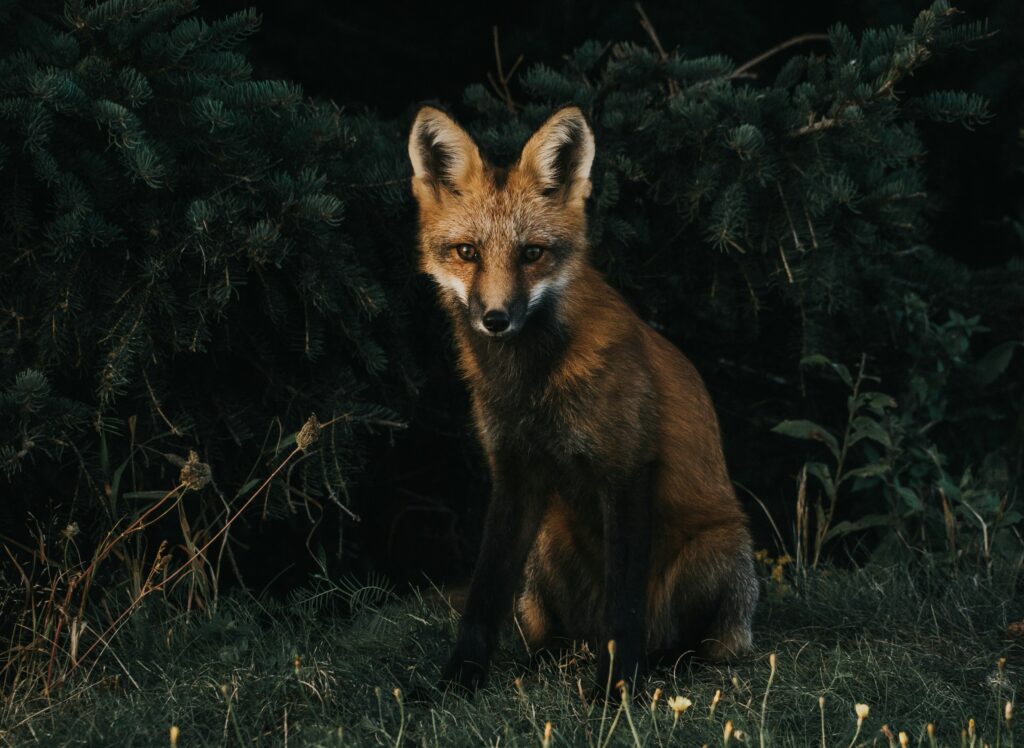
How To Help Local Wildlife In Winter
1. Leave Your Leaves
Leaves and other vegetation acts as a cozy home for some animals over winter. Sure, getting rid of all your fallen leaves in autumn can look good, but it’s not great for your local ecosystem and makes it harder for animals to survive the winter when all the natural insulation is removed.
2. Let Wood Sit
In a similar vein to leaving your leaves, let your wood sit. Rotting or soft wood provides a home for frogs, mice and insects. Not to mention the squirrels that use them to stash their food.
3. Break Ice
If you have water sources like ponds or lakes on your property, breaking the ice regularly during the colder months can be a life-saver for some animals. Remember your bird bath on your ice smashing rounds, its shallow water freezes over the fastest.
4. Provide Food
Set up bird feeders with a variety of seeds, suet, and nuts to feed local birds over the winter. Choose options that are appropriate for your local bird species. You can also consider leaving food like cracked corn, oats, and fruits for larger wildlife like squirrels and deer.
5. Avoid Chemical Use
Chemicals and wildlife don’t generally mix well together and winter is no different. While you might want to keep your bird bath unfrozen, anti-freeze is not the way to do it. Every year an estimated 90,000 pets and animals die from antifreeze. Make sure to avoid chemicals where you can and clean up any accidental spills as you go.
Remember that while providing support to backyard wildlife is essential, it should be done in a way that’s safe and ecologically responsible, respecting the natural behaviours and needs of the animals. Don’t encourage animals to cross busy roads and avoid feeding local wildlife in a way that could lead to overcrowding or upsetting your local ecosystem.
Sustayn is designed to present the most useful recommendations for environmentally friendly approaches and items. We update links when possible, but note that links can be broken and subject to change.
